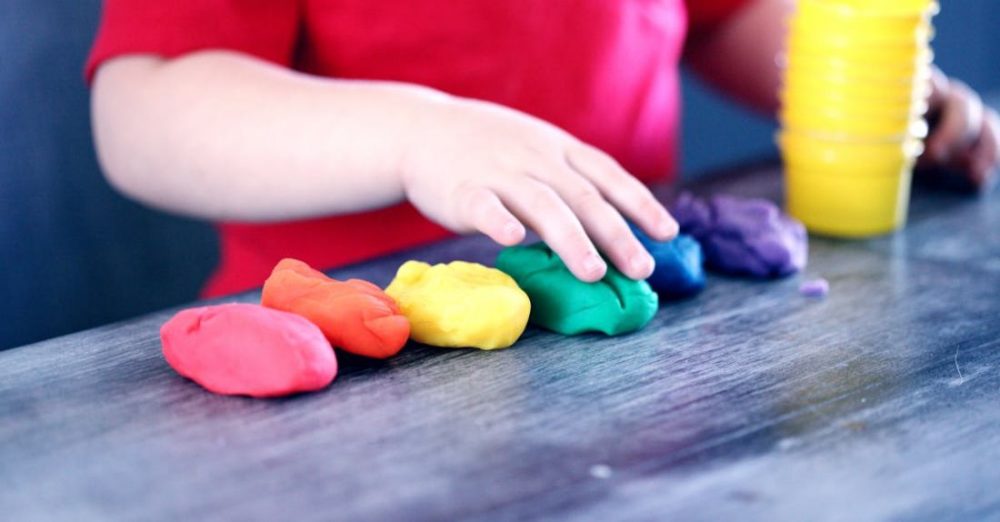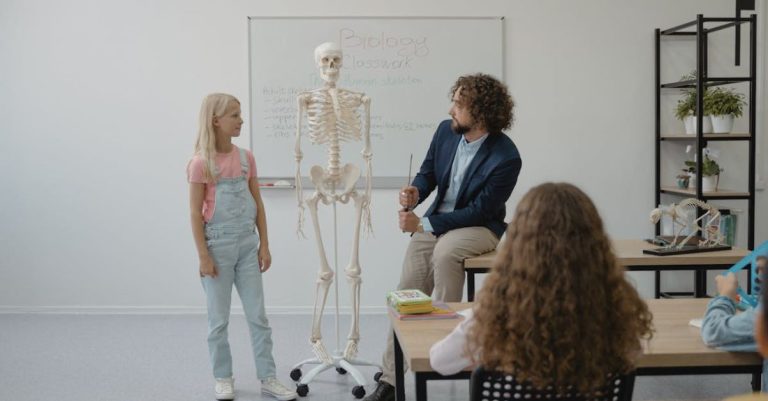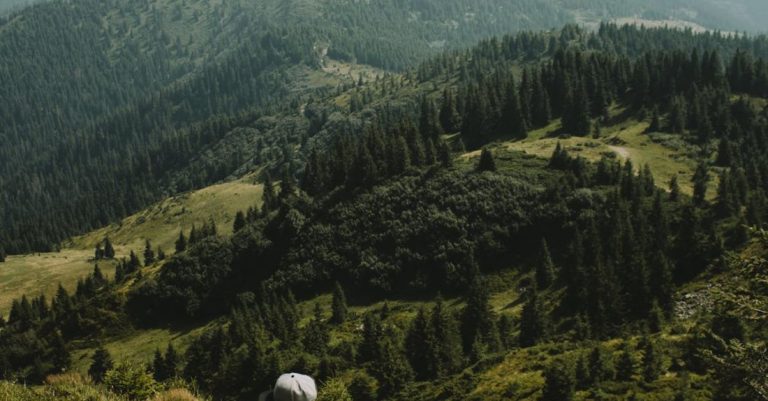
Teaching Kids about Nature and Sustainability
In today’s fast-paced world, it is more important than ever to instill in our children a deep appreciation for nature and a strong understanding of sustainability. As parents and educators, we have a responsibility to teach the next generation about the importance of taking care of the environment and living in harmony with nature. By fostering a love for the natural world in children from a young age, we can help create a more sustainable future for all.
Exploring the Great Outdoors
One of the best ways to teach kids about nature and sustainability is to get them outside and exploring the great outdoors. Take them on nature walks, hikes, or camping trips to help them connect with the natural world around them. Encourage them to observe the plants and animals they encounter, and teach them about the importance of preserving these habitats for future generations. By immersing children in nature, they will develop a sense of wonder and appreciation for the environment.
Hands-On Activities
Engaging kids in hands-on activities is another effective way to teach them about nature and sustainability. Planting a garden together can be a fun and educational experience, allowing children to learn about the life cycle of plants and the importance of healthy soil. You can also try upcycling projects using materials that would otherwise end up in the landfill. By showing kids how to repurpose items and reduce waste, you are teaching them valuable lessons about sustainability.
Learning through Play
Children learn best through play, so incorporating nature and sustainability themes into their playtime can be highly effective. Provide them with toys and games that promote environmental awareness, such as puzzles featuring wildlife or board games that teach about recycling. Encourage imaginative play outdoors, where children can pretend to be explorers, scientists, or conservationists. By making learning fun, kids are more likely to retain the information and develop a lifelong interest in nature.
Hands-On Experiments
Science experiments are a great way to teach kids about the natural world and sustainability. Set up simple experiments that demonstrate concepts like water conservation, energy efficiency, or pollution. For example, you can create a mini compost bin to show kids how organic waste can be turned into nutrient-rich soil. By allowing children to see these principles in action, they will gain a deeper understanding of the importance of sustainable practices.
Storytelling and Books
Storytelling is a powerful tool for teaching children about nature and sustainability. Read them books that celebrate the beauty of the natural world and convey important messages about conservation. Encourage kids to write their own stories or draw pictures inspired by nature. You can also create a nature journal together, where they can record their observations and thoughts about the environment. By fostering a love for reading and storytelling, you are opening up new avenues for kids to learn about sustainability.
Community Involvement
Finally, involving children in community projects related to nature and sustainability can have a lasting impact. Participate in local clean-up efforts, tree planting initiatives, or wildlife conservation programs as a family. Show kids that their actions, no matter how small, can make a difference in protecting the environment. By being active members of their community, children will develop a sense of responsibility and stewardship towards the planet.
In conclusion, teaching kids about nature and sustainability is a vital task that requires creativity, patience, and dedication. By engaging children in hands-on activities, play, experiments, storytelling, and community involvement, we can help them develop a deep appreciation for the environment and a commitment to sustainable practices. By instilling these values in the next generation, we are paving the way for a more eco-conscious and sustainable future for all.





